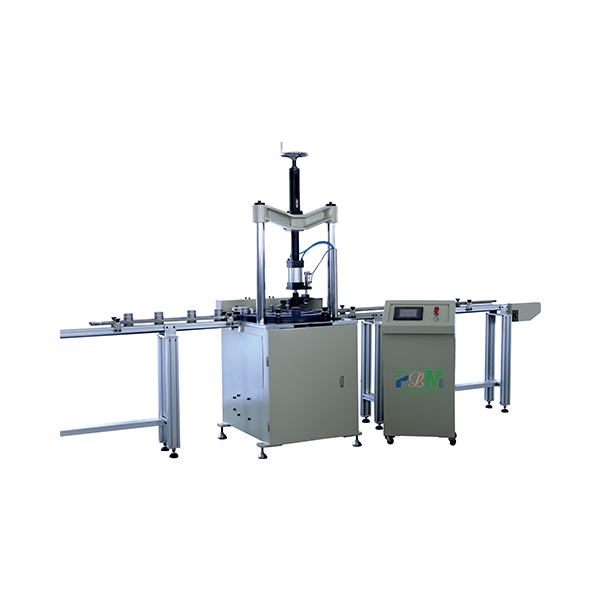Oct . 11, 2024 08:01 Back to list
air filter material
Air Filter Materials A Comprehensive Overview
Air quality is an increasingly important concern in our modern world, where pollution levels can often exceed healthy limits. Air filters play a crucial role in maintaining clean air in both residential and industrial settings. The effectiveness of an air filter largely depends on the materials used in its construction. Understanding these materials is essential for improving air filtration systems and ensuring optimal performance.
Types of Air Filter Materials
Air filter materials can be broadly categorized into two main types mechanical filters and chemical filters. Mechanical filters physically capture particles from the air, while chemical filters remove gases and vapors through various chemical processes.
Mechanical Filter Materials
1. Fiberglass Fiberglass filters are among the most common types of mechanical filters. They consist of a matrix of glass fibers, which create a dense mesh that captures larger particles as air passes through. These filters are low in cost and require regular replacement; however, they may not be effective against smaller particles such as pollen or dust mites.
2. Polyester Polyester filters offer a more robust alternative to fiberglass. Made from synthetic fibers, polyester filters tend to have higher dust-holding capacity and better filtration efficiency. They can trap smaller particles, such as mold spores and pet dander, making them a popular choice for residential HVAC systems.
3. Activated Carbon While activated carbon is primarily classified as a chemical filter due to its ability to adsorb gases, it also plays a role in particulate capture when combined with mechanical filter materials. Activated carbon filters are excellent for removing odors and volatile organic compounds (VOCs) from the air, making them ideal for use in kitchens and industrial settings.
4. HEPA (High-Efficiency Particulate Air) HEPA filters are renowned for their exceptional efficiency in capturing airborne particles. Made from a mat of randomly arranged fibers, HEPA filters can trap 99.97% of particles as small as 0.3 microns. Due to their effectiveness, HEPA filters are commonly used in hospitals, cleanrooms, and residential air purifiers.
air filter material

5. Electrostatic Filters These filters leverage an electrostatic charge to attract and trap particles. Electrostatic filters are washable and reusable, making them an environmentally friendly option. Their ability to filter small particles without significant airflow resistance is a considerable advantage.
Chemical Filter Materials
1. Activated Charcoal A crucial component in many air purification systems, activated charcoal is excellent at removing odors and harmful gases from the air. It works through a process called adsorption, where gas molecules adhere to the surface of the charcoal, effectively reducing harmful substances in the air.
2. Zeolites These are microporous minerals that are effective in trapping ammonia, organic solvents, and other pollutants from the air. Their unique structure allows them to selectively absorb certain molecules, making them valuable in both air and water purification.
3. Metal-Organic Frameworks (MOFs) A cutting-edge advancement in filtration technology, MOFs are porous materials that can be engineered to capture specific gases and vapors. Their high surface area and tunable properties make them promising for future air filtration applications.
Future of Air Filter Materials
As air quality concerns continue to rise globally, the demand for more efficient and sustainable air filter materials is growing. Researchers are exploring innovative materials such as bio-based filters and nanofibers that offer superior performance while reducing environmental impact. The integration of smart technologies, including sensors and real-time monitoring, is also set to revolutionize air filtration systems.
In conclusion, the importance of air filter materials cannot be overstated. From traditional fiberglass and HEPA filters to advanced chemical filters like activated charcoal and zeolites, each material plays a vital role in ensuring clean air. As we move towards a future of enhanced filtration technologies, understanding these materials will be essential to combat air pollution and protect public health. Investing in better air filtration systems will not only improve indoor air quality but also contribute to a healthier planet overall.
-
OEM PLXB-1 PU Pack Trimming Machine - High Precision, Durable, Cost-Effective Solutions
NewsJun.10,2025
-
High-Performance In Line Fan Filter Trusted In Line Fan Filter Company & Products
NewsJun.10,2025
-
High-Efficiency Water Filter Making Machine Reliable Companies & Products
NewsJun.10,2025
-
Premium Metal Fuel Filter Durable & Efficient for Engine Protection
NewsJun.10,2025
-
Premium OEM 304 Rimmed Filter Disc Custom Stainless Steel Filters
NewsJun.10,2025
-
China PP Air Filter Production Line Automated & High-Efficiency Solutions
NewsJun.10,2025
